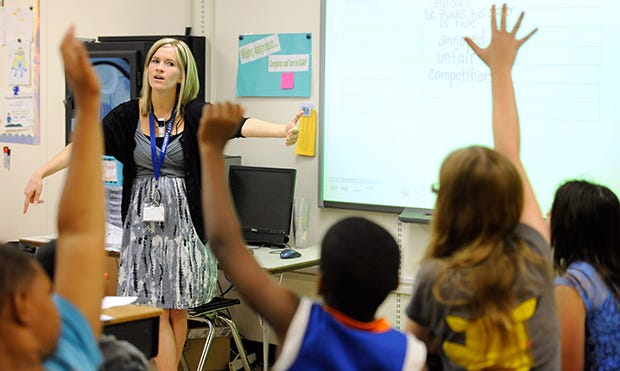Lack of Community and Teacher Involvement Leads to Abandoned Math Innovation (Part 2)

The old adage of “success has many fathers, failure is an orphan” rings true in the aftermath of a district in the heart of Silicon Valley abandoning a highly-regarded, “personalized learning” innovation called Teach To One (see Part 1).
Finger-pointing and blame dances among various actors in this all-too-familiar story of reform failure. Chances are that blame will finally come to rest on the superintendent and board for keeping the program under wraps and not fully planning with teachers and parents for the roll-out of the personalized math program for all sixth graders in the District’s two middle schools.
Full planning means describing and explaining the program to teachers and parents prior to launching the pilot for hundreds of students, taking small groups of teachers and parents to visit the sites where the innovation was operating, and involving teachers and parents from the very beginning of the program and asking for their suggestions.
But why go to these lengths to insert a highly touted innovation into one part of the school system?
Answer: The history of reform is littered with the debris of once glittering innovations that top district leaders unilaterally decided upon and delivered to schools. Such failures conspicuously lacked teacher and parent involvement.
Ignoring both is a recipe for failure. Why? Because schools are political institutions highly dependent upon these two groups to provide critical support and muscle for any instructional policy aimed at altering how teachers teach and students learn enter classrooms.
A primer on schools as political institution.
Tax-supported public schools were established to reach desired community goals including how to live and act in a democracy. School boards, administrators and teachers are agents hired to achieve those community-inspired goals. Consider that taxing property owners and levying sales taxes on everyone regardless of whether they have children or not to run public schools means that schools Lack of Community and Teacher Involvement Leads to Abandoned Math Innovation (Part 2) | Larry Cuban on School Reform and Classroom Practice:
